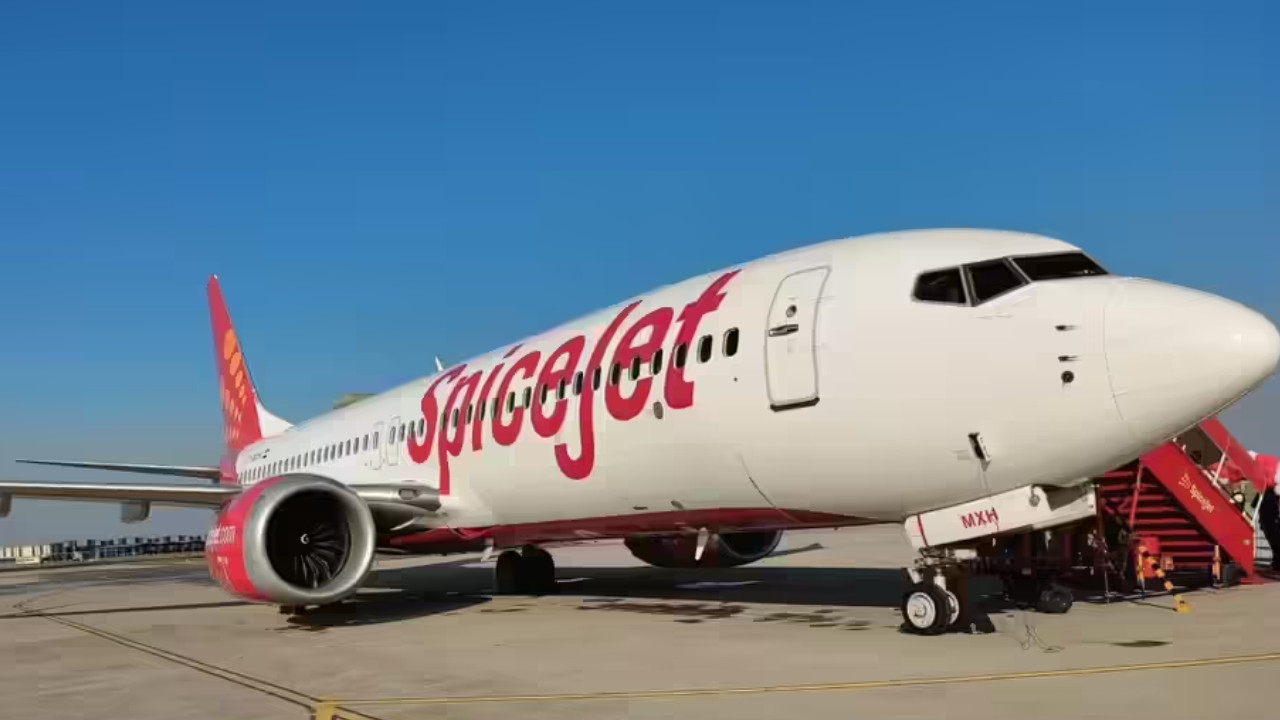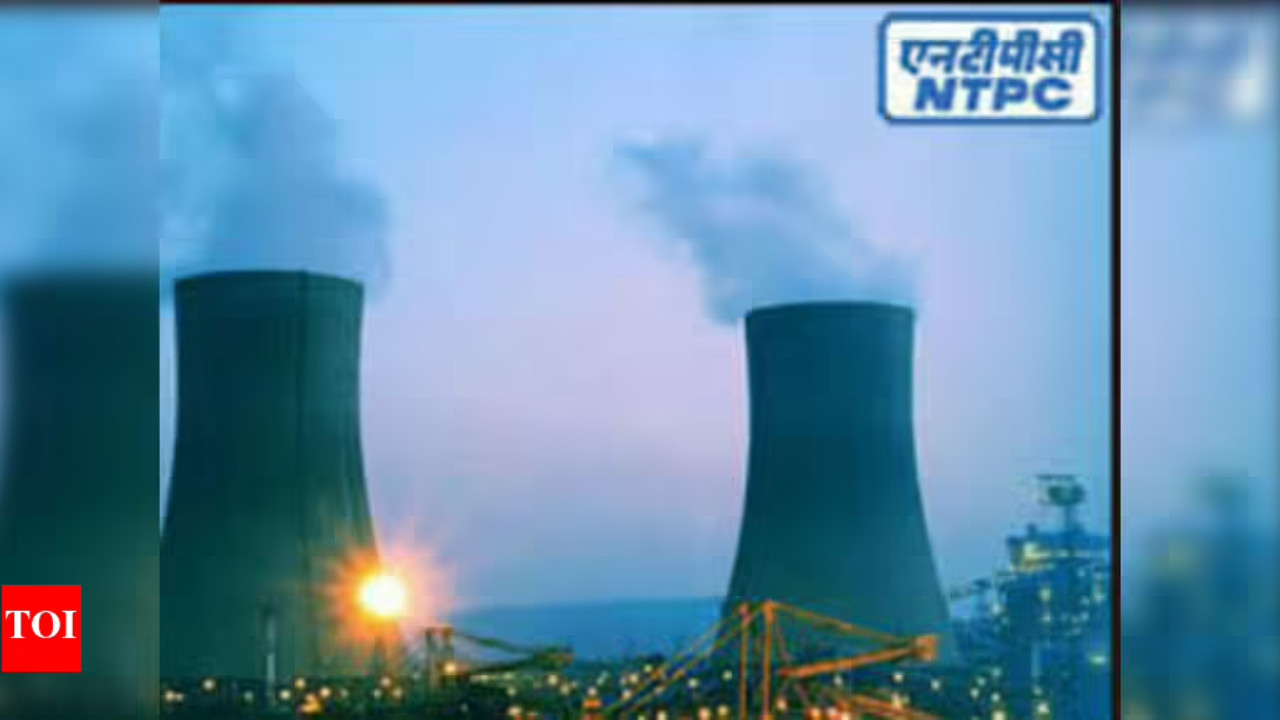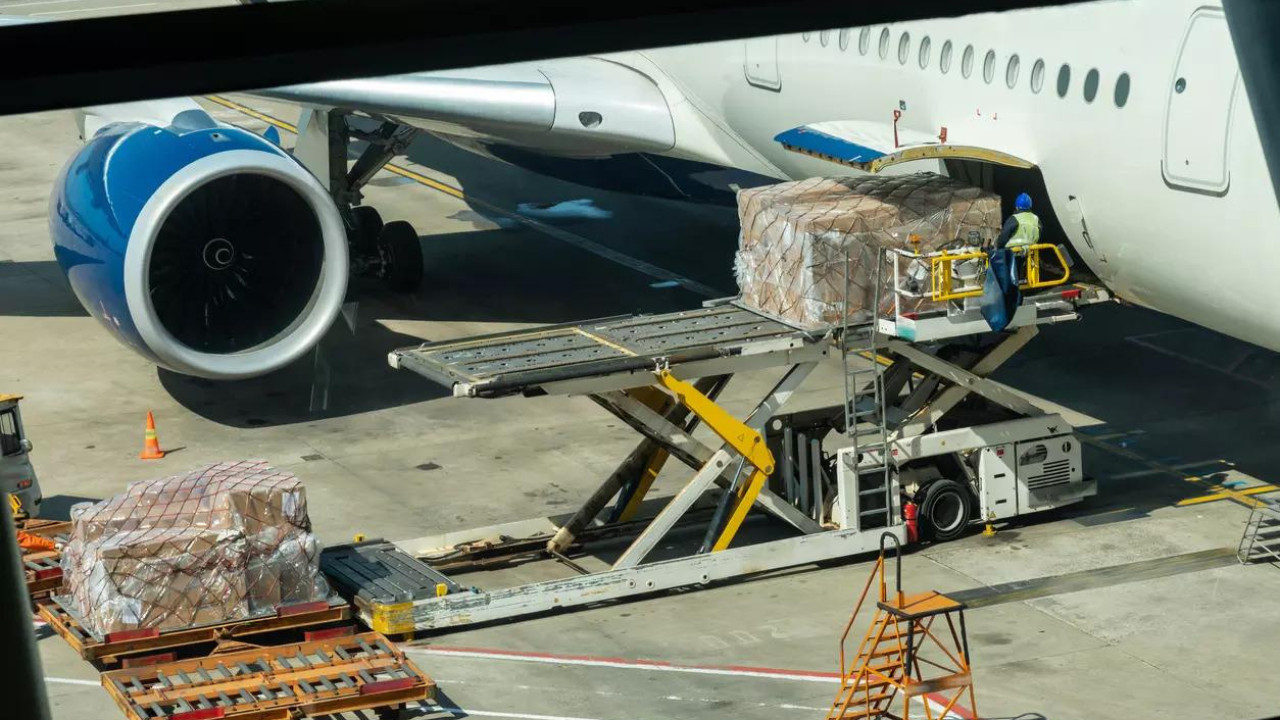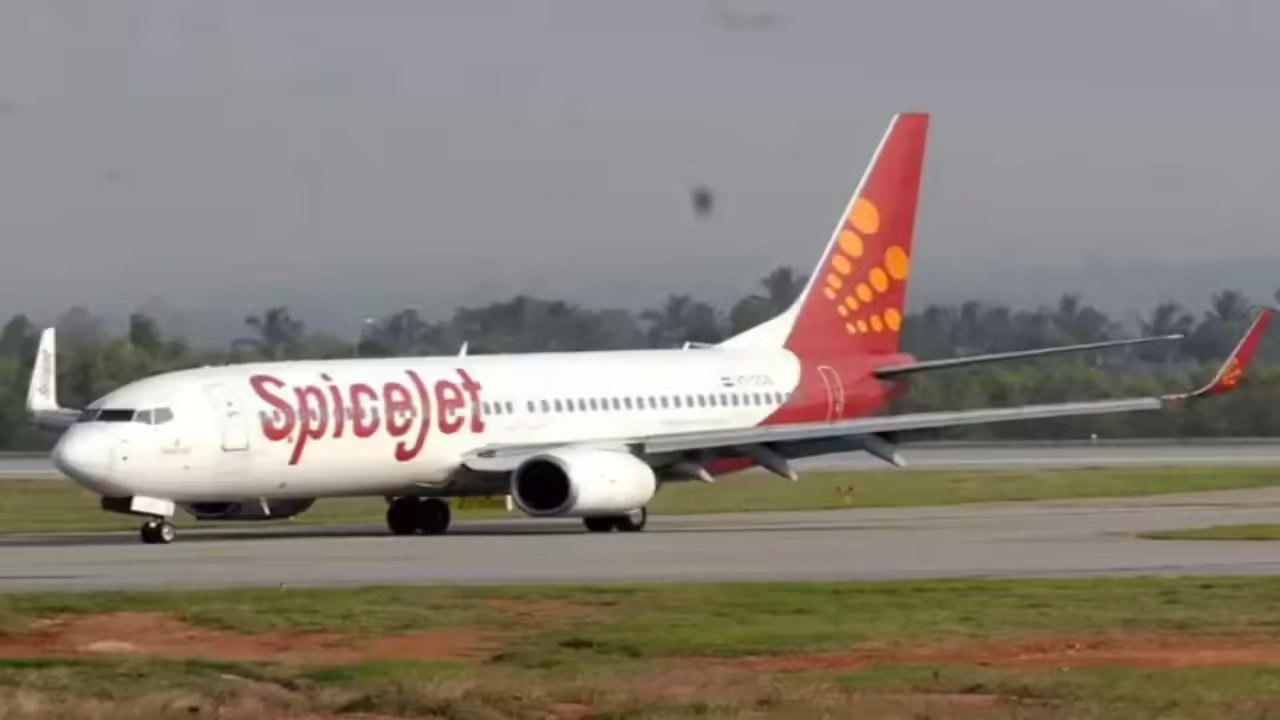H-1B visa applications for FY26 have significantly decreased, influenced by stricter regulations under Donald Trump’s policies and increased application costs. Heightened scrutiny, including social media verification and rigorous documentation, contributes to the decline, alongside economic factors like tech industry layoffs.
H-1B Hiccups: Is the American Dream Fading for Indian Techies?
Remember when the H-1B visa was practically a golden ticket? For countless Indian tech professionals, it represented a chance to build a life, advance their careers, and contribute to the vibrant innovation engine of the United States. The dream was simple: talent meets opportunity, and everyone wins. But something’s shifted. The allure of that golden ticket seems to be losing its shine, and the numbers are starting to tell a story.
What story, exactly? The story of plunging H-1B visa applications. Yeah, you read that right. The flood of applications that once overwhelmed the system has slowed to a trickle, leaving many to wonder: what happened?
Let’s rewind a bit. For years, the H-1B visa was the preferred pathway for US companies, particularly in the tech sector, to bring in specialized workers from around the globe. India, with its vast pool of skilled engineers and IT professionals, was a major beneficiary. These weren’t just coders; we’re talking about brilliant minds contributing to cutting-edge research, developing groundbreaking technologies, and driving economic growth. The H-1B program became a cornerstone of the US tech boom.
But then, things started to get…complicated.
One of the biggest contributing factors? Cold, hard cash. We’re talking about a significant hike in H-1B visa fees. Think about it. For companies, sponsoring a worker isn’t just about filing some paperwork. It involves hefty legal fees, application costs, and ongoing compliance requirements. When those costs suddenly surge, businesses naturally start to reassess their options. Suddenly, hiring a domestic worker, even with potentially higher training costs, looks a lot more appealing. The financial calculus changes, and the H-1B starts to look less like a smart investment and more like a luxury item.
And it’s not just about the money, is it? Remember the era of “America First”? Donald Trump’s administration brought with it a decidedly anti-immigration stance. While the rhetoric was often broad and sweeping, its impact on the H-1B program was undeniable. The message, whether intended or not, was clear: “We’re prioritizing American workers.” This sent ripples of uncertainty throughout the tech industry and beyond.
The process became more scrutinized. Applications faced tougher reviews, leading to more denials. The path to a visa, once perceived as relatively straightforward (albeit competitive), became a labyrinth of bureaucratic hurdles. Suddenly, the American Dream felt a lot more distant, and the risk of investing time and resources into a potentially fruitless application loomed large.
But the story doesn’t end there. You can’t point solely to visa fees and political rhetoric. The global landscape is shifting, too. India’s own tech sector has exploded in recent years. Companies like TCS, Infosys, and Wipro are now global giants, offering competitive salaries and challenging opportunities right in India. Why brave the complexities of a foreign visa when you can build a thriving career at home?
This isn’t just about individual choices; it’s a reflection of a broader trend. India is investing heavily in its own infrastructure, education, and technological innovation. The brain drain that once defined the relationship between India and the US is slowly reversing. The talent is staying put, contributing to India’s own economic rise.
So, what does all this mean for the future? Will the H-1B visa ever regain its former glory? It’s tricky. The current administration seems more amenable to skilled immigration, but the damage may already be done. The perception of instability, coupled with the rising costs and the growing opportunities in India, has fundamentally altered the landscape.
Ultimately, the drop in H-1B applications is a complex story with many contributing factors. It’s a story about shifting economic realities, evolving political landscapes, and the enduring power of the American Dream, even as its definition continues to be reshaped. One thing’s certain: the tech world, and the lives of countless professionals, will never be quite the same.
📬 Stay informed — follow us for more insightful updates!







